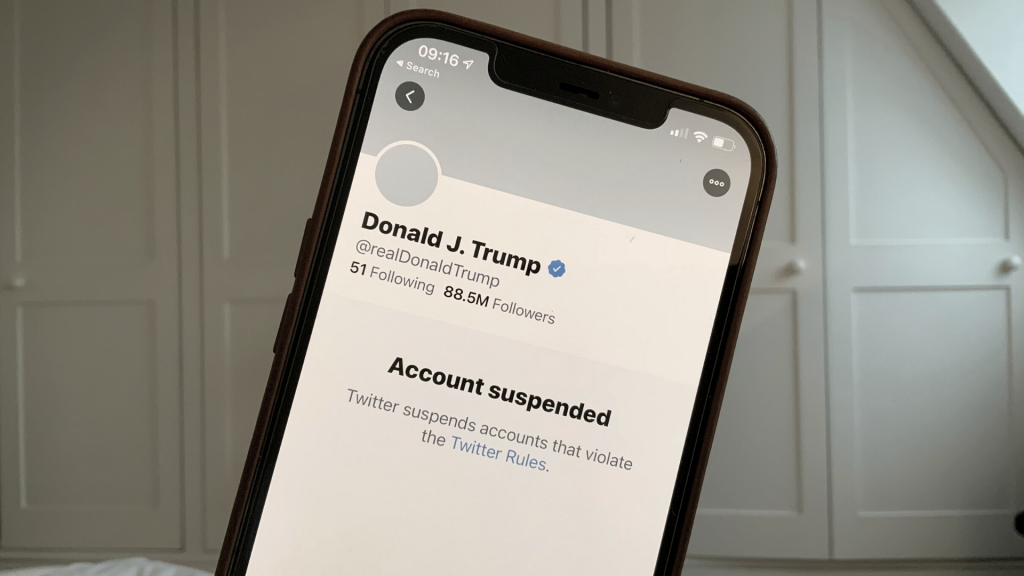A month after the suspension of numerous accounts related to conspiracy theories, as well as several of Donald Trump’s accounts, what are the repercussions and what can be expected for the future?
On January 8, Twitter announced the suspension of Donald Trump’s account, an initiative that several other networks would follow.
A few days later, it was the turn of thousands of accounts related to the conspiracy theories of QAnon to be deleted.
After being extremely patient with the former US President over the past four years, Twitter and other major networks have decided to get down to business in the aftermath of the events at the Capitol.
Twitter and its competitors also took the opportunity to eliminate thousands of accounts that contribute to the climate of hate and disinformation on their platforms.
A shaken structure
By doing so, it is an entire ecosystem that is completely destabilized. As a matter of fact, sharing disinformation on social networks is a well-oiled machine.
This disinformation often emanates from mega influencers, of which Trump was the most popular, and from other accounts benefiting from millions of followers, and then spread like wildfire in less than 24 hours.
It is this structure, deprived of its main pillars, that was shaken last January.
In the wake of all these account deletions, the banned Internet users sought refuge on various other platforms, be it the Russian network VK, Gab, Telegram or Parler, which was first overwhelmed by a flood of new users before being abandoned by Amazon Web Services and forced to discontinue its operations.
Clearly visible effects
These deplatforming actions that took place a month ago have very visible short-term consequences. According to Zignal Labs, disinformation has decreased significantly on Twitter since January 8.
We can also notice a certain lull on the networks, especially in the Quebec twittersphere, which is also deprived of several of its main influencers specialized in disinformation and conspiracy theories.
Without them, disinformation spreads less quickly, less effectively and therefore with less visibility.
What follows…
A month later, social networks continue to fight against disinformation.
Twitter recently launched Birdwatch, a pilot project that will give users the opportunity to identify content they deem misleading, write and submit a set of reviews about it to the community.
This approach may appeal to those who believe that it is up to platform users to set the rules, not the platform owners.
As for Internet users banned from major networks, they have not yet managed to reorganize themselves fully.
No matter which website becomes their gathering place, it is unlikely that it will have the visibility of Facebook, the network with the most active users, or Twitter, where politicians, journalists, artists, and other public figures gravitate.
There is also little chance that advertisers will be there.
A problem that is not solved
Despite the purge that took place in January, everyone agrees that the fundamental problem is not solved.
Violent and deceptive rhetoric existed long before QAnon or Trump becoming president and is linked to deeper causes.
In the coming months, it will be interesting to monitor the course of events. We will have to see which platforms will take precedence over others, what their true scope will be and how the rhetoric on them could become radicalized.
In this regard, this purge of the major networks and the outflow to darker areas of the web may well be an opportunity for some to radicalize more moderate Internet users.




